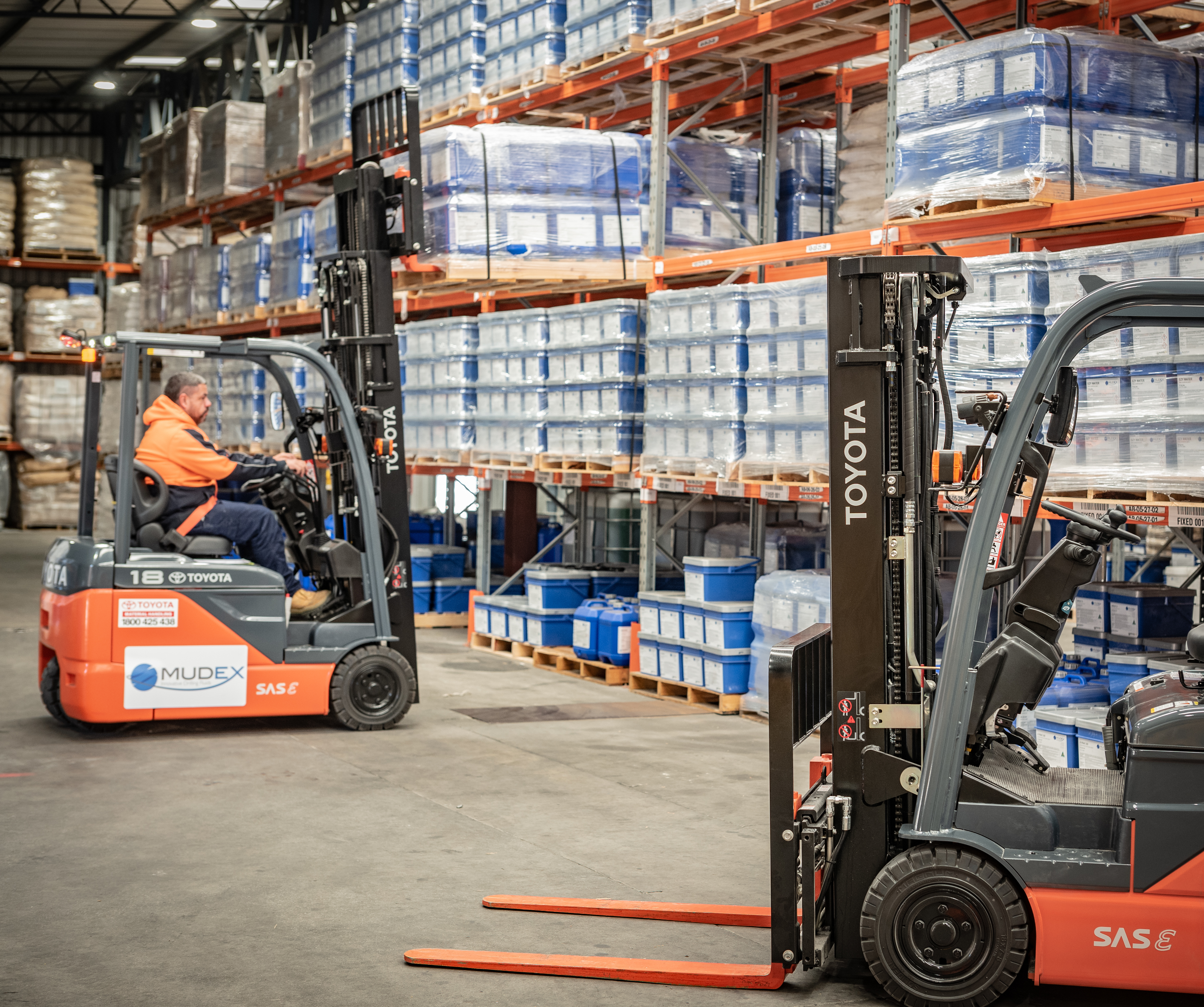Navigating the Shift to Electric Forklifts in Material Handling
1. The Benefits of Going Electric
Electric forklifts are gaining popularity for good reason—they offer a range of benefits that improve operations while reducing environmental impact.
Why Switch to Electric?
- Zero Operating Emissions – Unlike IC forklifts that burn fuel, electric forklifts produce no direct emissions, improving air quality and reducing your company’s carbon footprint.
- Lower Operating Costs – With no need for fuel and fewer moving parts, electric forklifts require less maintenance, leading to long-term cost savings.
- Quieter Performance – Reduced noise levels make electric forklifts ideal for indoor operations, creating a safer and more comfortable workplace.
- Energy Efficiency – Advances in battery technology allow electric forklifts to run longer on a single charge, maximising productivity.
2. Assessing Your Operational Needs
Before transitioning, it’s essential to determine how electric forklifts will fit into your existing workflow.
What to Consider:
- Work Environment – Electric forklifts perform best in indoor or semi-outdoor settings. If your operations require outdoor use, look for models designed for all weather conditions.
- Charging Infrastructure – Unlike IC forklifts that refuel quickly, electric models need designated charging stations. Planning ensures minimal downtime.
- Load and Shift Requirements – Ensure your chosen electric forklift meets your business’s weight capacity and runtime demands. Lithium-ion and Fast Charge battery options can support multiple shifts with rapid charging capabilities.
At Toyota Material Handling, we offer electric forklifts that match various business needs, from high-capacity loads to compact models for narrow aisles.
3. Addressing Common Concerns
While the benefits of electric forklifts are clear, some businesses may have concerns about the transition.
Challenges and Solutions:
- Higher Upfront Costs – While electric forklifts may cost more initially, they offer significant savings on fuel and maintenance over time.
- Charging Downtime – Properly scheduling charging times and investing in fast-charging batteries can minimise disruptions.
- Operator Training – Employees may need guidance on battery maintenance and charging practices to ensure optimal performance.
4. Making the Transition Smooth
To ensure a successful shift, businesses should take a strategic approach. Here’s how to transition effectively:
- Evaluate Your Fleet – Identify which forklifts need replacing and plan a phased transition to electric models.
- Invest in Charging Infrastructure – Install charging stations and train staff on efficient battery management.
- Choose the Right Model – Select electric forklifts that align with your workload, space, and operational requirements.
- Work with Trusted Experts – Partnering with a reputable provider like Toyota Material Handling ensures access to high-quality forklifts and ongoing support.
Conclusion: Take the Next Step Toward Sustainability
Transitioning to electric forklifts is a wise investment for businesses looking to enhance efficiency, reduce costs, and lower their environmental impact. By carefully planning your shift and selecting the right models, your business can enjoy the many advantages of electric-powered material handling.
At Toyota Material Handling, we’re here to help you navigate this transition with a wide range of electric forklifts designed for performance and sustainability. Explore our selection today and take the next step toward a more efficient and eco-friendly operation.

Transitioning to electric forklifts is a wise investment to enhance efficiency, reduce costs, and lower their environmental impact.